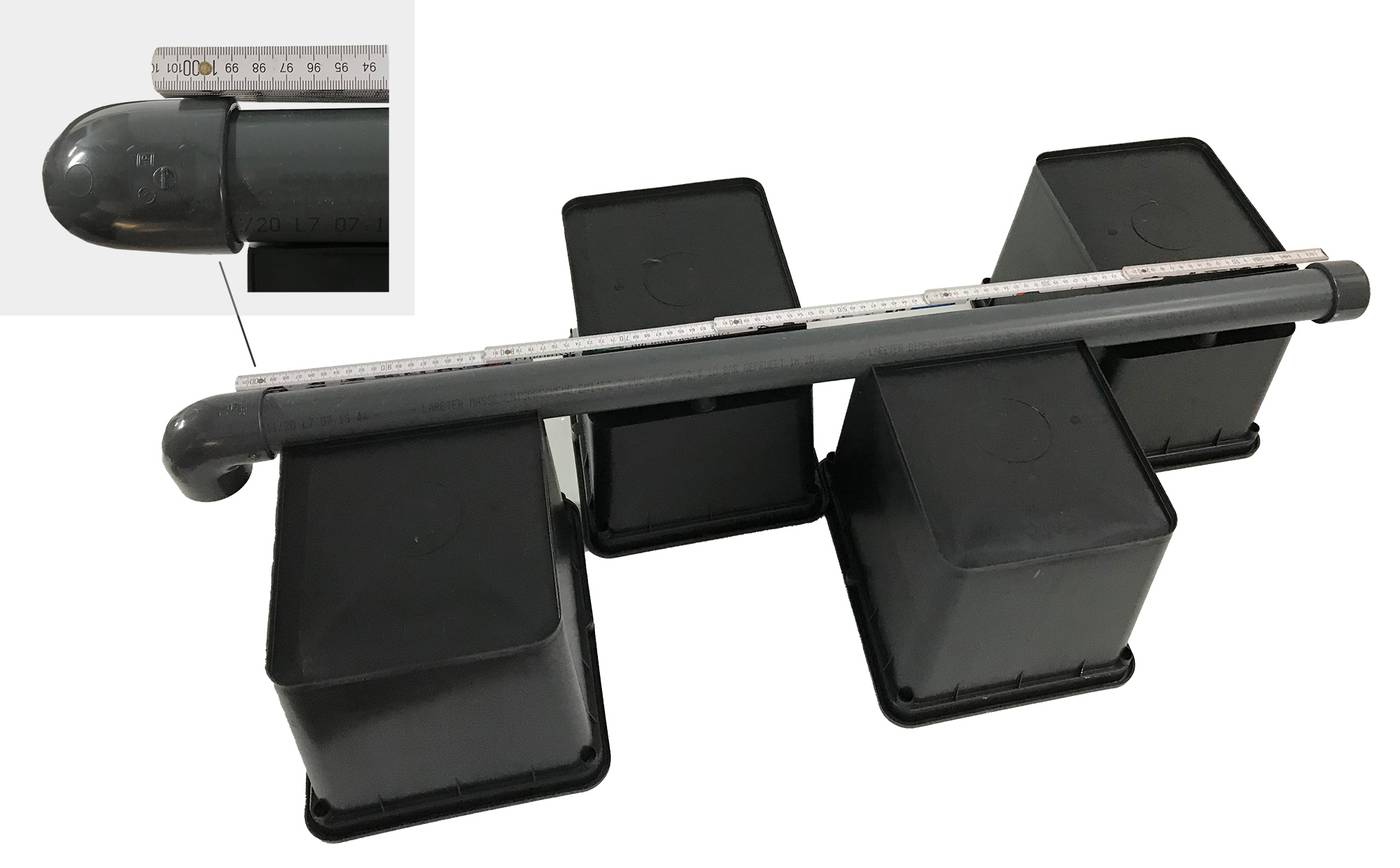


Feed plumbing for the bato Dutch Bucket includes 0.5″ poly pipe feed line reduced to 5/3 mm feed tube using 0.5 gpm emitters, and finally barbed stakes connected to the 5/3 mm feed tube anchor the feed line to the growing media.ĥ. Wellgain Dutch buckets systems is very simple,with multiple variations on irrigation and equipment. Simply connect your buckets and siphon elbows (included) to standard 1-1/2 inch (3.8cm) drain pipe, returning. The plants are fertilized using the Nutrient Injection System, which pulls a concentrated nutrient solution from fertilizer tanks at predetermined ratios and then injects the nutrient solution through the feed plumbing lines on intervals ranging from 3 minutes ON every 20 minutes to 1 minute ON every 30 minutes, depending on the season and maturity of the crop. Name:Commercial Dutch buckets for Tomatoes. Bato bucket (Dutch bucket) systems are great for growing vining crops without soil. Product Detail Features Advantages Project Show Product Tagsīato Dutch bucket for greenhouse is optimized for large, vining crops, such as tomatoes, cucumbers, eggplants, and peppers.Includes 21.6 L Bato buckets which measure 48cm*26.2cm*25cm.Sold with a two-piece elbow which connects the base of the bucket to the drainline through this channel excess nutrient solution can drain off while preventing root growth from clogging the drain line. Cut your PVC pipe to about 8 feet and lay it down in your designated area. 2) Place the Dutch buckets on the table and decide on spacingmark the placement of the drains for each bucket on the drain line. Step 1: Find a table, platform, or even just a spot on the floor to build your Dutch bucket system.

1) Cut PVC down to 8 feet or the length of the table, leaving room on the end for the end cap and elbow.
#BATO BUCKET VERTICAL HOW TO#
Black Plastic Flower Nursery Gallon Pot How to build a hydroponic Dutch bucket system.


 0 kommentar(er)
0 kommentar(er)
